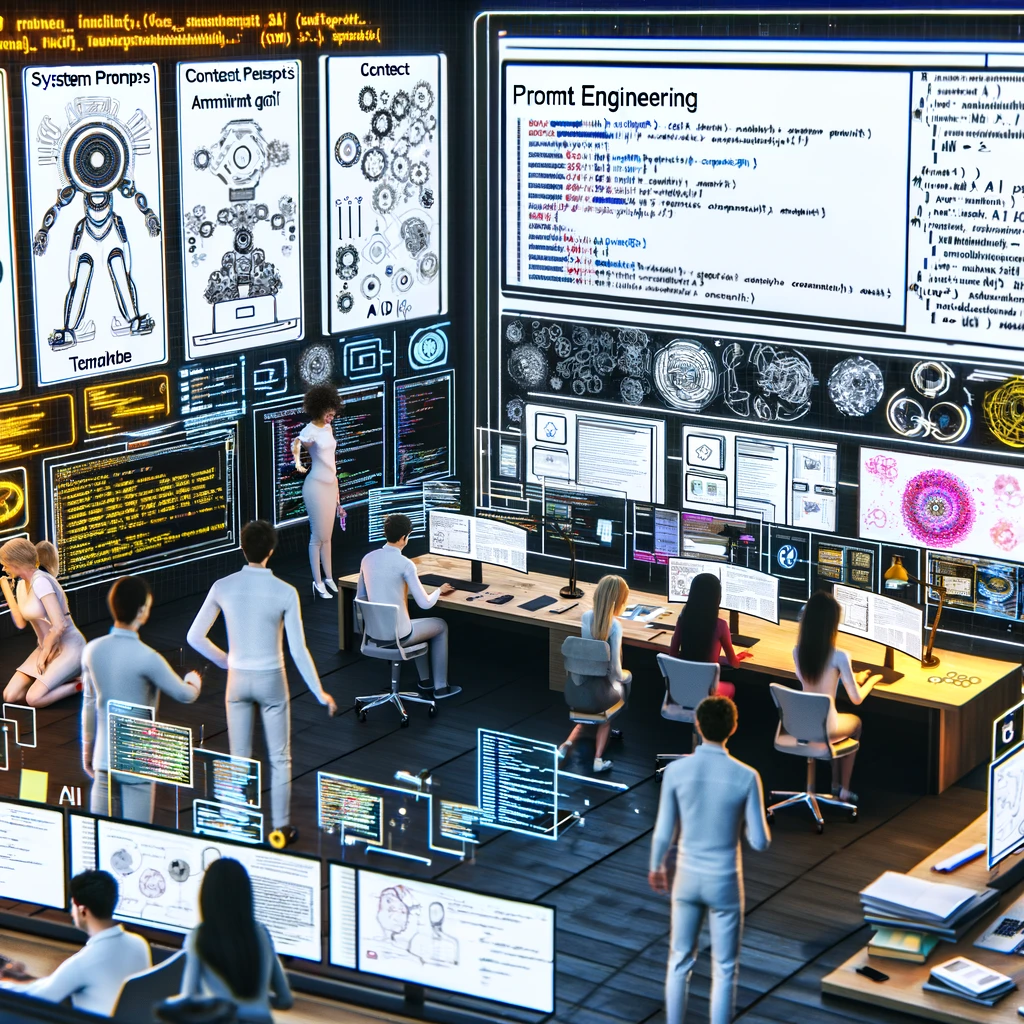Front-end developers play an integral part in developing an application or product. These developers adhere to specific principles to build a product that users will easily interact with, enjoy navigating through, and consider valuable. As users, we don’t often know what these principles entail, but an experienced front-end developer can tell us precisely what it takes to create a pleasant experience.
How often have you scrolled through an app or website, admiring how the colours and buttons merge to create a seamless and enjoyable experience? Front-end developers are a part of the product team that ensures that this kind of experience is made possible.
Suchada Kaewyoun, a front-end developer, shares her view on the most critical aspects of developing an effective app.
Briefly describe what you believe to be an effective app.
Many components make up a successful and effective app. Still, in my opinion, content is one of the most, if not the most essential, factors to consider when building an application.
As a front-end developer, I am also conscious of the UX and UI in my build process. These are aspects that the designer places excellent emphasis on. Still, as a developer, I intend to build a user-friendly product because, to the user, usability is key. Usability is also closely linked to the content placed on a platform. Content plays an integral role as it can enhance the user experience. As developers, we always keep the user in mind to build a compelling product that will garner success for both the users and the founders.
To develop an effective app, what is your first point of call?
Before building an application or product, a clear understanding of the objectives and measure of success is essential. For example, what are the expectations of the user and founder? What are we aiming to achieve?
Having a clear view and understanding of the industry for which we are developing the app is also paramount – who are the users? When you have a good understanding of the project, you can plan effectively and foresee what maintenance will be required and ensure success in the long term.
When developers know the technologies and programming languages, they can select the most appropriate option and align it with an application design – it can help reduce the number of weak points of the project. For example, some projects have a very limited budget and timeline, so a team of developers should recommend an option that suits the limitations set out on a project.
Having strong knowledge of technologies and programming (particularly current), developers can help decide and guide the entire project team in which direction to take.
Data Security ensures that the end-user can trust the product to protect their privacy whilst interacting with the application. As a result, safety has become a significant aspect of online interactions, a standard requirement for every application or product.
Even though an application may have many exciting features, it is a very well-known fact amongst developers that a great app does not necessarily require a complex flow. One should always strive to keep the development of an application simple. Users should navigate through the product with ease and still have their needs met – the simpler the application is, the better the user experience.
As a front-end developer, the user interface is a significant piece of the proverbial puzzle. Keeping the target audience in mind and what they desire or want to achieve by using your application, the front end must be functional and seamless.
How do the various tech languages determine how effective an app will be?
There are three approaches to mobile app development that developers can take, namely, Platform-specific, Cross-Platform Development, and Hybrid.
Each of these languages offers the user value; it also caters for the limitations set on a project.
Platform-Specific Code React Native is used to develop mobile platforms and supports iOS and Android specifically; in this case, the language and knowledge to build iOS and Android are completely different.
Building iOS and Android apps may require two separate engineering teams. Therefore, more resources may be necessary to fulfil the project goals. However, implementing the platform-specific native app gives the best application performance because it is fast, highly effective and helps to save on battery life.
Cross-Platform Native is becoming popular amongst developers. The top two languages are React Native and Flutter. By using Reactive Native an app can be implemented and supported for both iOS and Android at once using SDKs (Software Development Kits). Therefore, you can’t compare the performance of an app built using Platform-Specific Native with that of React Native because it won’t give a better result. However, I mentioned earlier that it covers both platforms and primarily uses this language to save the project cost, and time and, of course, the learning curve for developers is less stringent than it could be when using other languages.
Hybrid is another approach that developers use when building an application or product. It’s interesting to note that Hybrid supports every platform simultaneously using Web technology, JavaScript, HTML, and CSS. However, there are many limitations compared to React Native as I mentioned earlier. If the aim is to develop a standard or simplify an application, Hybrid would be the best language. However, this language doesn’t enable one to build fancy features.
Furthermore, using this language may mean that not all the critical factors are achievable. So in this instance, the application or product may lose the opportunity to create a satisfying user experience – which is always a very important factor to keep in mind in all projects. But, it is not always possible in terms of the language used to develop an application or product.
As developers, we should understand the limitations and factors in your project, such as time, resource skill (resources capabilities) and budget. Having a clear understanding of the limitations and expectations of a project gives developers foresight. In addition, they can provide valuable input. So, no stone should be left unturned – it is also best to give this information to the developers at the start of the project to utilise time effectively.
Does the app idea determine which language you’ll use?
Somewhat, but not necessarily. The design is only one of the essential factors determining the language that will be used to develop or build the application or product. Other aspects that determine the language we will use are the limitations and expectations and the ever-changing technology. All these factors will primarily determine which language developers will use. Remember, technology changes very fast – and there are several languages that a developer can choose. So, considering the design aspects, as developers, we also determine what is viable to develop and what cannot – of course, based on the project’s limitations.
It is important to understand the various languages available because each language has its pros and cons. By understanding what tech is available, we can meet the needs of both the user and the desires of the project team itself.
So, as developers, we need to understand all the aspects of the project, not just the design aspect (although it is integral to the development process). So, for example, if the core feature of the app is Augmented Reality (AR), then React Native is not the best choice.
How important is it to focus on the user’s needs?
Focussing on the user’s needs is quite important. As we build, feedback becomes crucial – it’s essential to the learning and growth of the business and development team. In addition, the user is a crucial factor in deciding whether our application will be successful or not.
In your experience, what are the most popular features that are well-received and help develop an effective app?
Push notifications are not core features, but it is something that, as developers, we simply can’t miss. This feature constantly ensures that the user engages with the product or application. Of course, this feature also pushes out advertisements to the user and increases user engagement.
A Search option is always a winner. Imagine having to scroll ten times to find something. The search option should be mandatory on every application or product because it shortens the time for users to find things. We live in a world where users are accustomed to having their needs met almost instantly, ensuring that this feature becomes standard when developing applications.
Chat Support; it’s an excellent way for the project team to get user feedback. However, it also aids in building trust with the brand on which the application is made.
‘How-To’ Screens, an application that includes ‘how-to’ screens, gives users excellent guidance in navigating through the application, enhancing the user experience.
Lastly, focus on authentication. It is a requirement that helps secure the user’s account and ensure that their data is kept private.
How important is the design process regarding what you do as a developer?
The Design team is an essential part of the development process. When we build a product, we follow the design that we receive from the designers. So, when we work with the designers, preferably at the beginning of the project, we can better understand our developer’s requirements and expectations.
Do you believe that microcopy matters?
As I mentioned at the very beginning, content drives application success. However, it does have to be concise, straightforward, and easy to understand, making it easy for users to navigate the application or product.
Sometimes the design and flow of the application are not enough to help the user use the application effectively. But overall, having the right content ensures that the user has a pleasant experience and ensures that there aren’t any misunderstandings that can often lead to misinformation.
Is that anything else that you’d like to add?
As a front-end developer, I believe that the entire project team should always share their understanding and learnings. In addition, back-end developers should converse with front-end developers as they take time to share knowledge with designers and the business teams.
Everyone on a project team has pearls of wisdom that can contribute to the success of future projects. However, some team members may not understand the technical knowledge. Therefore, developers should simplify how they describe their work so that it’s easier for non-technical members to grasp, which will make it easier to produce an application or product that is pleasing to the user.
There’s so much more to the look and feel of an application or product. From designing the flows of an application to developing the front end of a product, a product has many components and principles that ensure its success. It is also evident that the development of an application includes many aspects and significant expertise and teamwork. For this reason, we’ll be doing a series of articles to showcase the intricacies of building an effective application or product. We’ll highlight various aspects of product development, design, writing and content. So, please keep a lookout.











